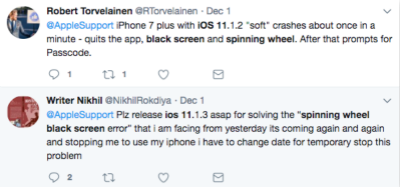

The mat can level the surface on a not-quite flat or smooth flooring.įor some wheels, one common problem is having a spinning wheel “walk away” while in use on hardwood floors and other slick surfaces. To address this, you can use a flat, foam mat, similar to what knitters use for blocking knitted fabric. If you spin on a surface such as a carpet, the legs of the spinning wheel tend to nestle into the carpet, interrupting or hindering treadle movement. Most older spinning wheels perform best on a hardwood floor. Some spinning wheels get a little cranky, depending on the surfaces on which they are spun. However, as long as the shim stays in place and the axle spins freely and is level when resting on the shim, the shape of the leather is not crucial. It is common to bend the leather into a slight U-shape following the natural curve of the support posts for a snug fit and firm placement. Place the cut piece into the space to test and make sure it allows the drive wheel to spin freely. Cut a strip of leather to size so that it fits into the support posts. The leather can be sourced from scraps or even an old belt, and it sometimes helps to oil the leather. One way to fix this is to create a shim using a piece of leather. When a drive band is used for such a wheel, the result is a drive band that leaps off of the drive wheel. This type of wear is due to excessive use (years of work), and it can cause the drive wheel to lean in one direction. In some cases, the metal axle of the drive wheel can wear down the wood of its support posts. If an older spinning wheel continually throws the drive band, then it is worth checking the drive wheel’s alignment. But what can be done to solve other types of troubles? Here are my tips for dealing with 3 troublesome issues.

Often, it is a really simple fix, such as changing a stretched-out drive band or applying oil to the necessary parts. It is not uncommon for handspinners to have a little bit of a struggle getting their older spinning wheels to perform properly.


 0 kommentar(er)
0 kommentar(er)
